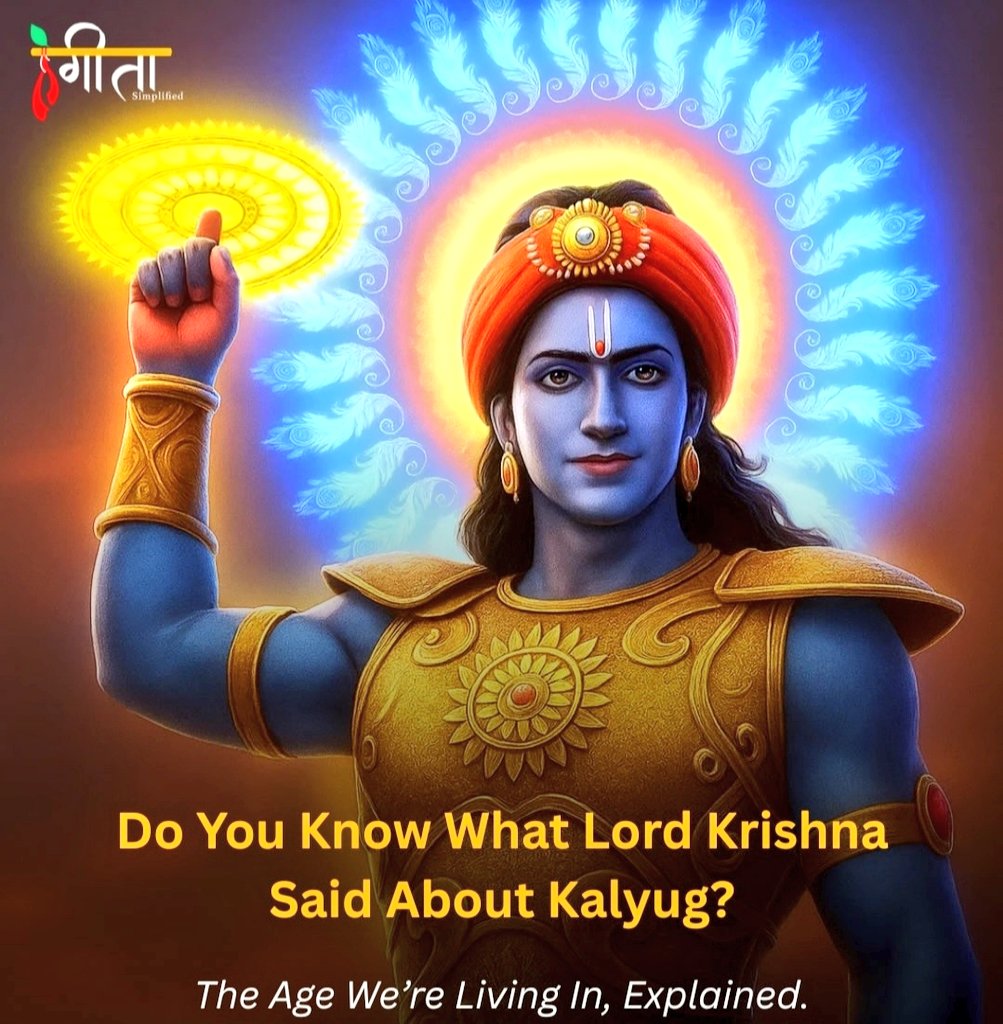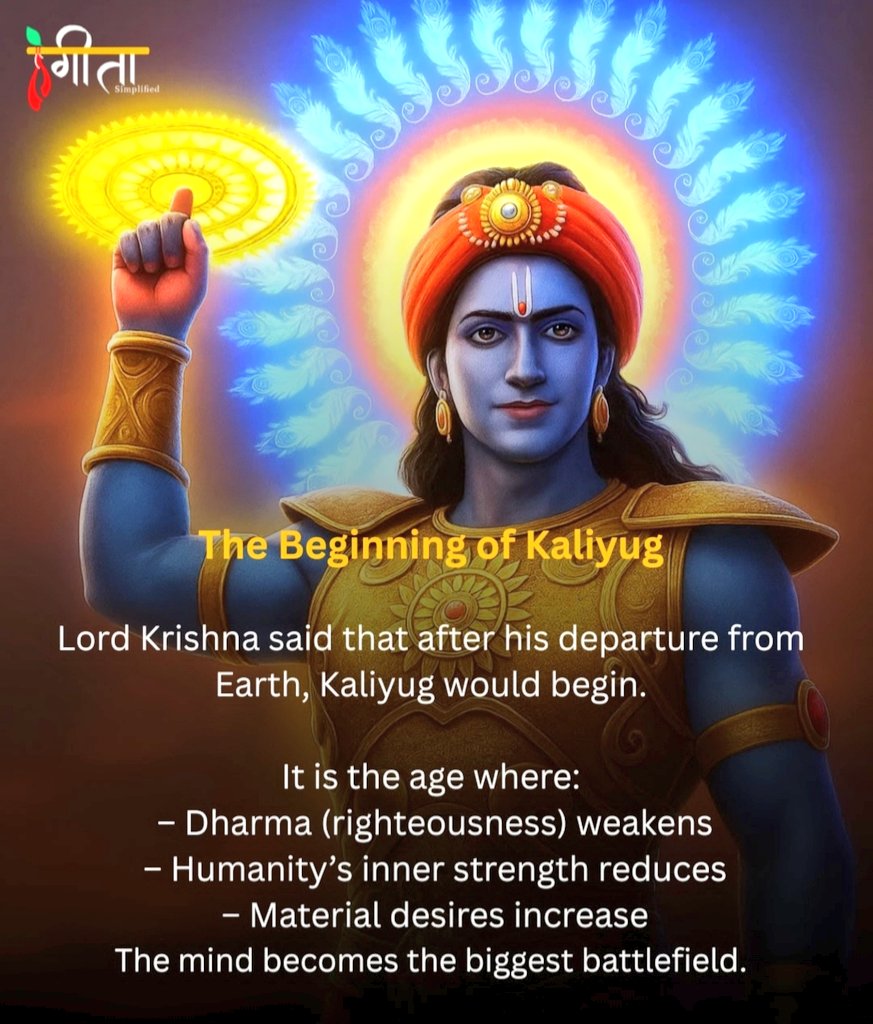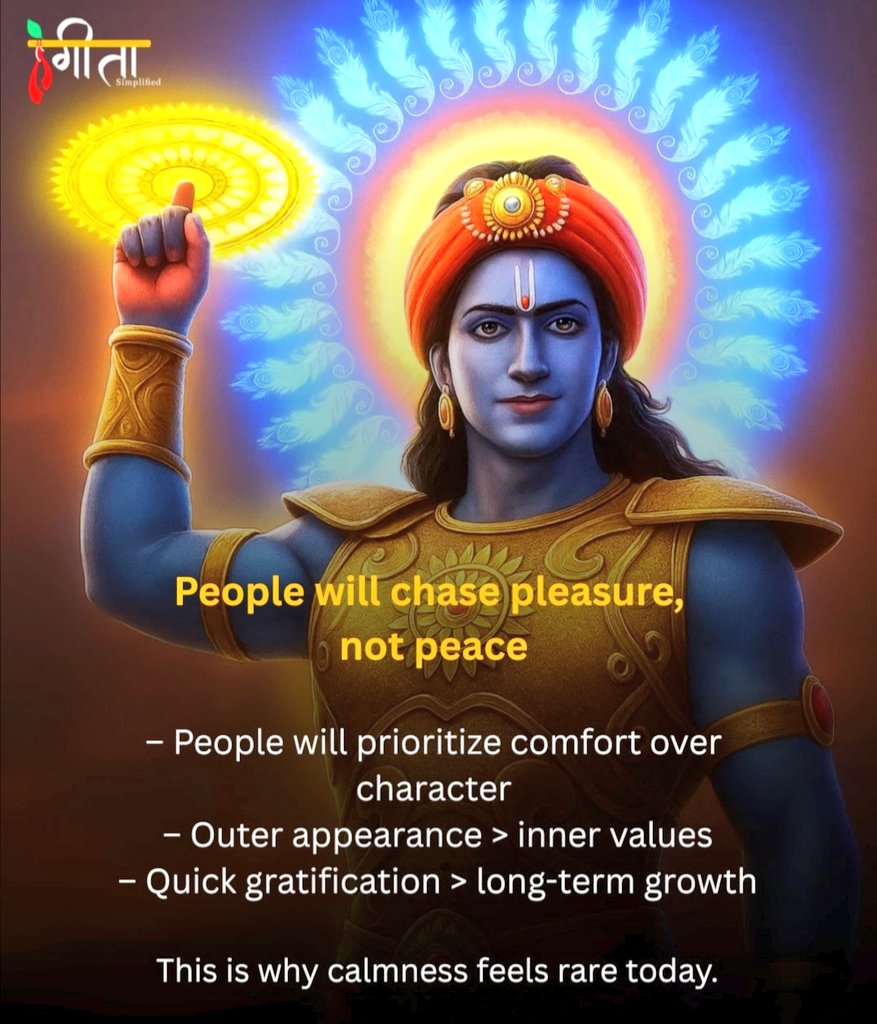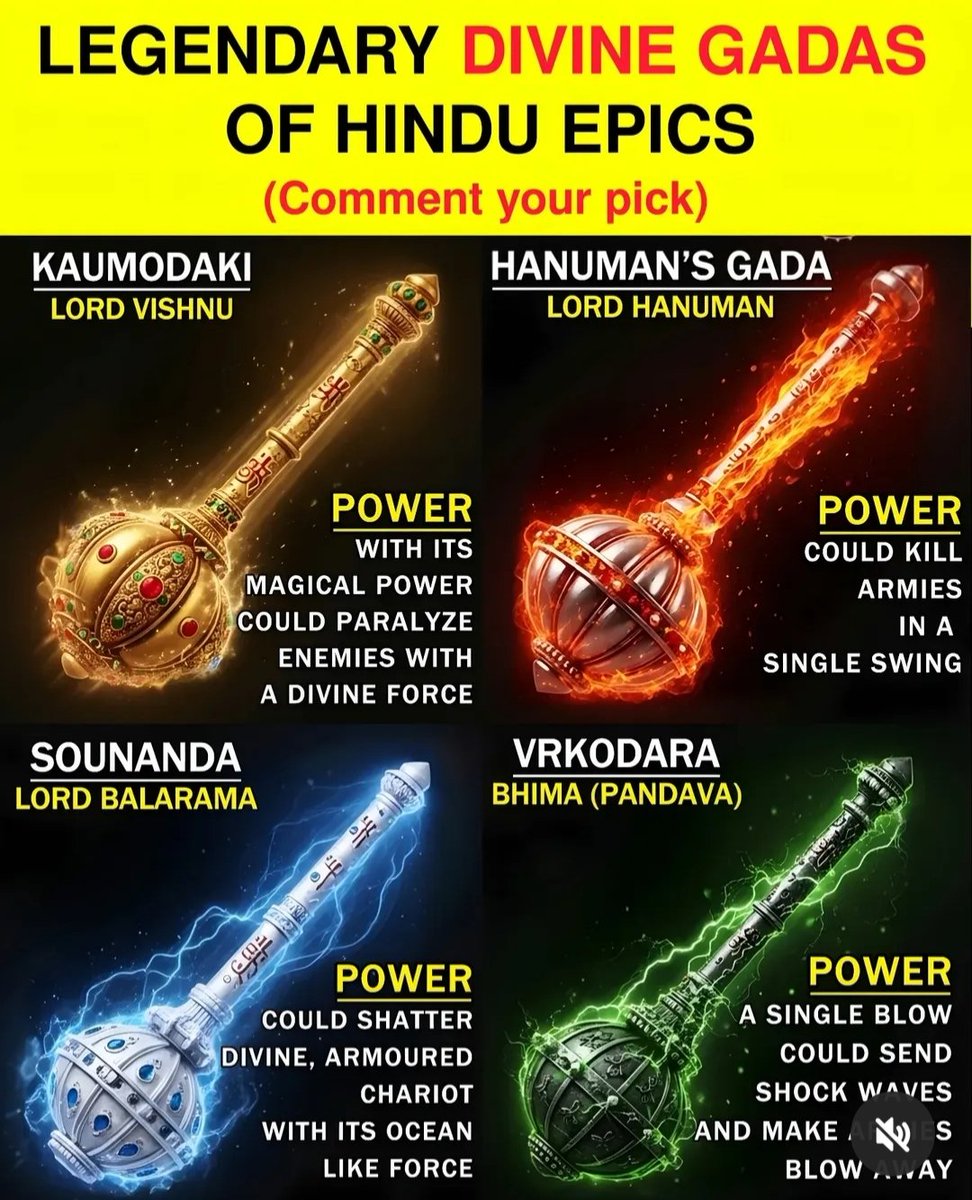TANJORE PAINTINGS: A classical artform from southern India, Thanjavur painting – also known as Tanjore painting – is a celebration of the region’s rich artistic tradition, named after the town of Thanjavur in Tamil Nadu, India. 



Tanjor paintings are known for extravagant depictions of deities using vibrant colors &embellishments,especially gold foil.Though artform has undergone various changes over yrs,it continues to be popular with artlovers even today& inspires many artists with its true Indian style. 



Tanjore painting drew inspiration from Indian art of the 16th century, when the Vijayanagara Rayas administered their vast kingdom in southern India through the Nayaka Governors. The Nayakas were great patrons of art and literature. 



Maratha palaces and buildings were adorned with large paintings of deities as well as Maratha rulers, courtiers and nobility. Almost all the deities were depicted with rounded faces, almond-shaped eyes and streamlined bodies. 

Flat colours were used to paint the figures, which were often compactly placed within arches, drapes and ornate borders. The dense composition was a distinct feature of Tanjore paintings, and faces were usually shaded to add a feeling of depth. 



In 1676, Maratha rule was established in the region, and Maratha rulers encouraged the flourish of art and artists. It was during this time, that Tanjore painting truly flourished and developed into the form and style in which we recognise it today. 



With the decline of the Maratha rule, the Britishers who had come into Tanjore in the wake of the Mysore Wars of 1767-99 patronised the Tanjore artists. In 1773, a British garrison was installed in Tanjore and it became a base for British troops. 


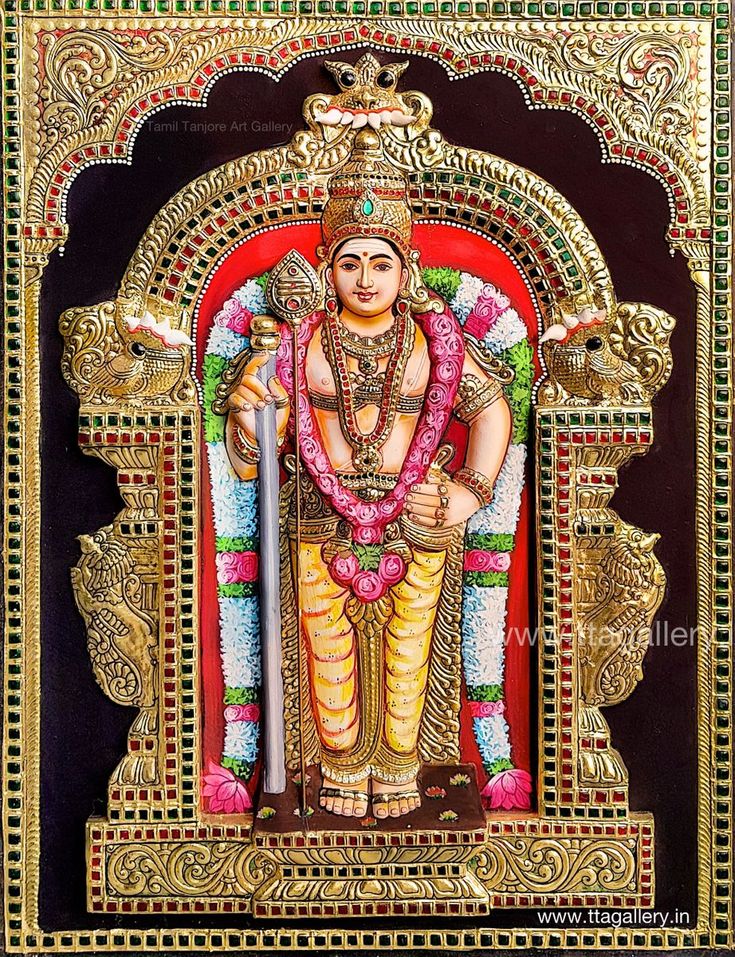
Indian artists in &around Tanjore,prepared sets of paintings for Company personnel throughout the next century.
These sets were called albums or album paintings.They were collections of“native”or “Indian”subjects,painted in a manner that appealed to English sensibilities &tastes.

These sets were called albums or album paintings.They were collections of“native”or “Indian”subjects,painted in a manner that appealed to English sensibilities &tastes.


The usual subjects of deities and episodes from Hindu scriptures were joined in by others which piqued the interest of English,like fairs,ceremonies,festivals, caste occupations&Indian flora and fauna.They were completed with little or no gold foil&avoided any glass or gem inlay. 



Paintings also carried short descriptions about subject matter in English& occasionally in Tamil orTelugu. Though these paintings were grouped under Company style of painting,they were typically Tanjor in style& characterisation&were executed by same group of traditional artists. 



Tanjore paintings are known as palagai padam–meaning “picture on a wooden plank” – as they are typically completed on boards made from jackfruit or teak wood.The use of vibrant colours and gold leaf embellishments are characteristic of Tanjore paintings, with cut glass pearls. 



Precious & semi-precious stones also used for decoration.
While artists in past used vegetable &mineral dyes as natural colours for these artworks,over time,chemical paints have taken over.The dazzling colour palette of Tanjore paintings uses vibrant shades of reds,blues &greens.

While artists in past used vegetable &mineral dyes as natural colours for these artworks,over time,chemical paints have taken over.The dazzling colour palette of Tanjore paintings uses vibrant shades of reds,blues &greens.


This, along with the richness and dense compositions of these paintings, ensure that they stand out from other Indian artforms. Common themes in Tanjore paintings include Bal Krishna, Lord Rama, as well as other gods, goddesses, saints and subjects from Hindu mythology. 



The tradition of Tanjore painting is kept alive even today, mostly by a few dedicated artists based in Tamil Nadu. Along with the shift to the use of synthetic colours in the artworks, jackfruit and teak wood have also been replaced by plywood. 



Today,Tanjor paintings still have a broad appeal. In recent time,they have been commercialised extensively& can be found being sold even in street markets.Although artform stood test of time &continues to be popular, general decline in quality is disconcerting to many art lovers. 



What is heartening though, is that workshops and training camps are being held to ensure that the artform continues to thrive, while retaining all the rich, traditional and artistic elements that make up the essence of the artform of Tanjore painting. 



In the olden days, Tanjore paintings were executed by the Raju community of Tanjore and Tiruchy and the Naidu community of Madurai. These artists, who were originally Telugu-speaking and hailing from Andhra Pradesh, moved to Tamil Nadu after the fall of the Vijayanagara Empire. 



Patronage was of utmost importance to these artists, and even the size of the paintings varied depending upon the subject and the patron’s choices.
The technique of Tanjore painting demanded a great deal of perseverance and perfection from artists.

The technique of Tanjore painting demanded a great deal of perseverance and perfection from artists.


Furthermore,the creation of the artwork, considered a sacred task, was to be performed with some degree of ritual purity and humility by the master craftsmen. Remaining true to the Indian artistic tradition, most artists chose to remain anonymous and never signed their paintings. 



Tanjore painting not only drew heavily from the diverse cultural groups that patronised the artform – it was also influenced by other prominent painting styles which were under the Vijayanagara school, like the Kalamkari and Tirupati styles of painting. 

Tirupati paintings, produced in the famous temple town of Tirupati using different media and techniques, portrayed deities, and many were gilded and gem-set in a manner similar to Tanjore paintings. 



A bulk of reverse glass paintings – another genre of traditional Indian art – which were from southern India, were heavily influenced by Tanjore painting and depicted religious figures in vibrant colours, with metallic foils and details adding to the richness of the artworks. 



The popular artform of Mysore painting shares many characteristics with Tanjore painting, often leading to confusion between the two. They were both executed by artists from the Raju and Naidu communities, and have roots in the Vijayanagara period. 



Though the styles are remarkably similar, there are notable differences like the use of paper as the base for Mysore paintings and its limited use of gold foil, glass beads and precious and semi-precious stones. 



The themes in Mysore paintings are reflective of the contemporary style which was prevalent in the Mysore Palace, and also features more elaborate landscapes, in contrast to the dense composition of Tanjore paintings. 



• • •
Missing some Tweet in this thread? You can try to
force a refresh


